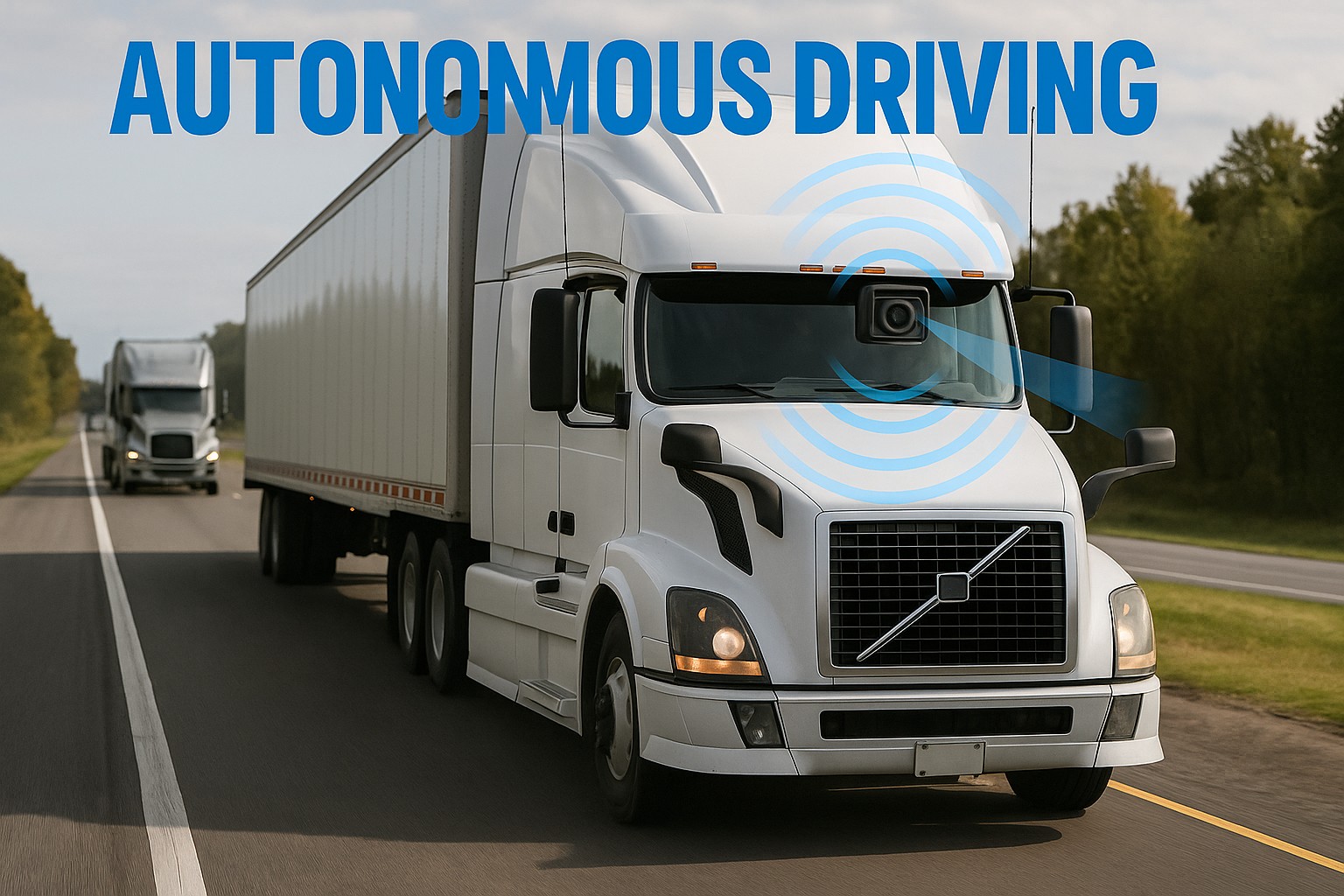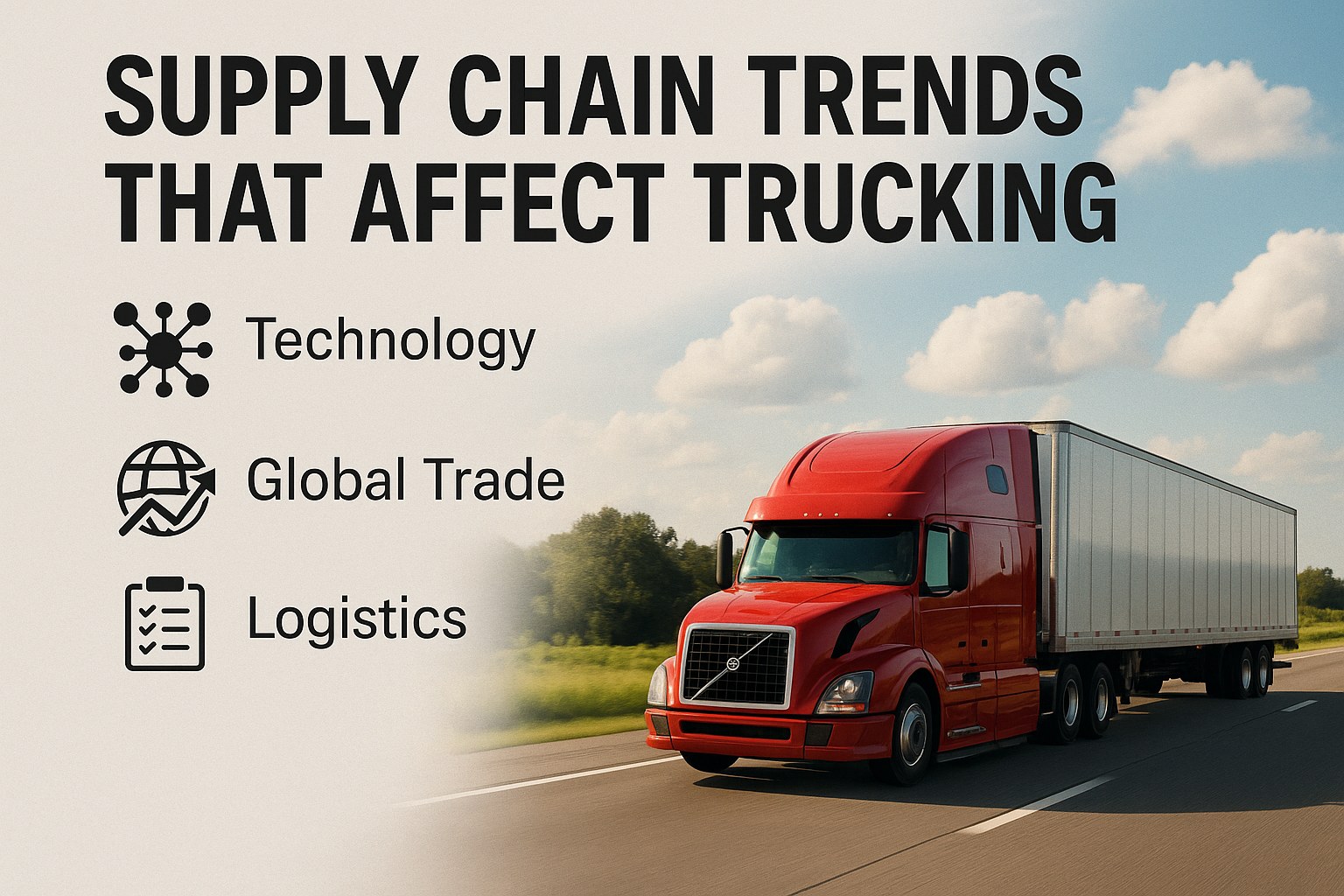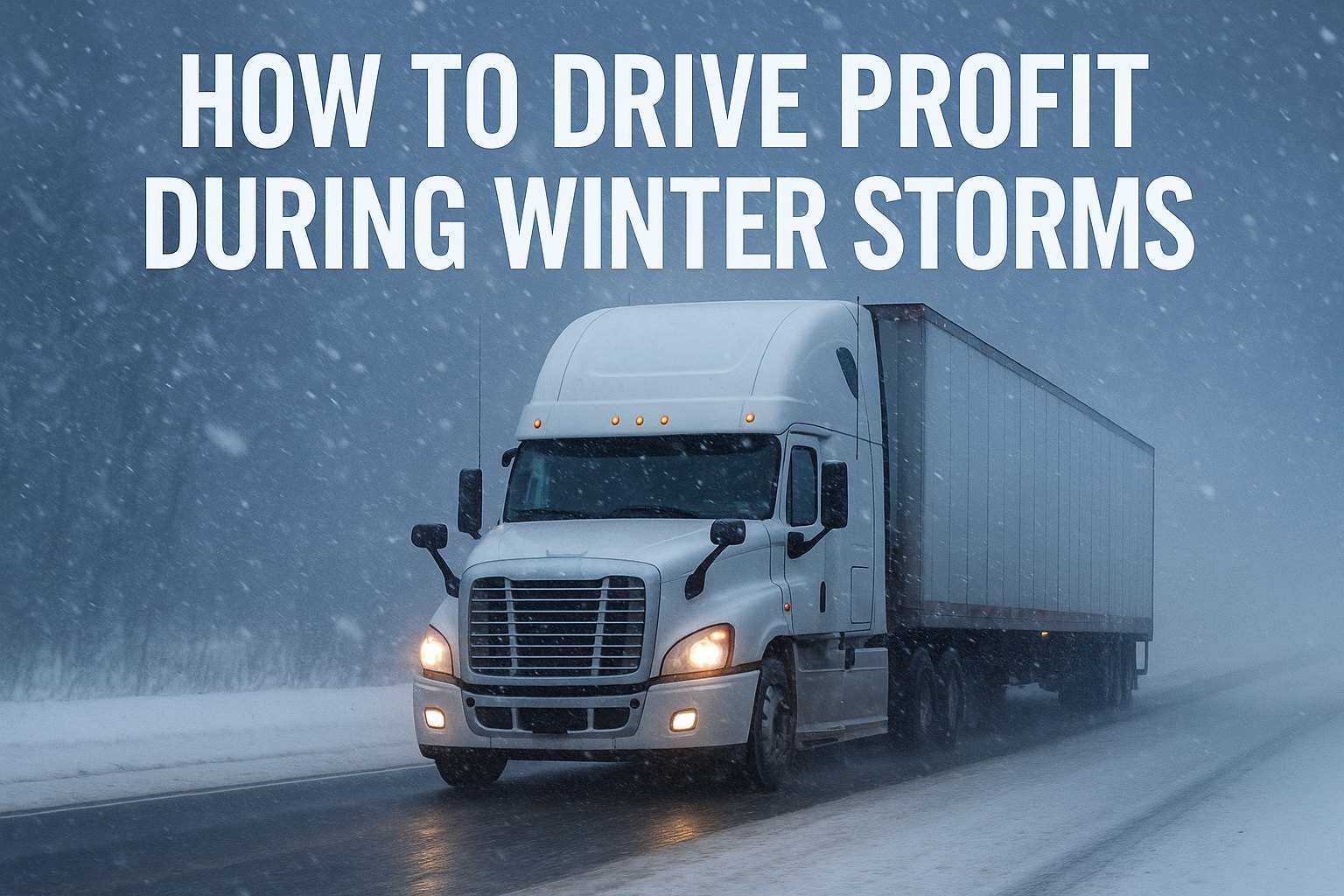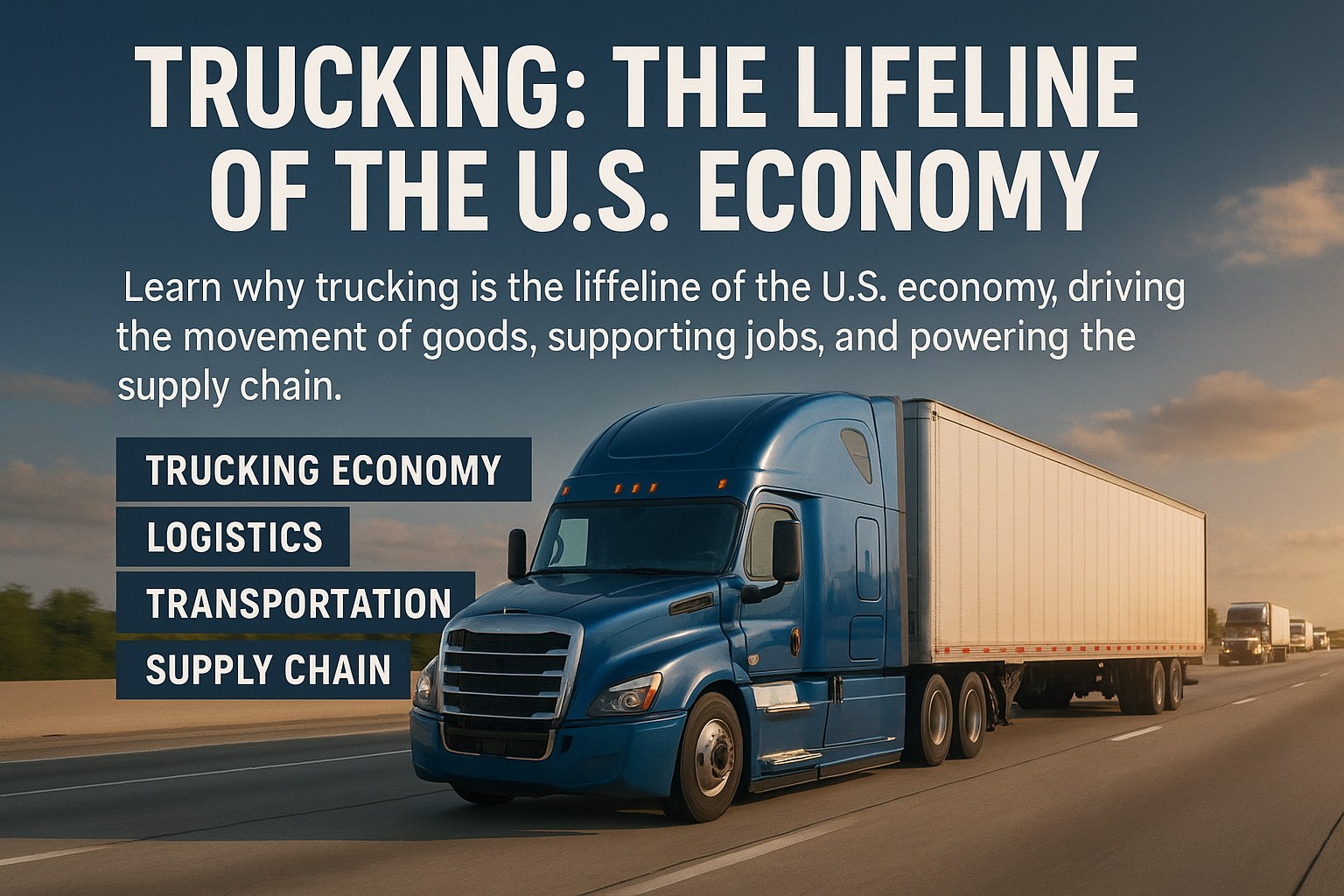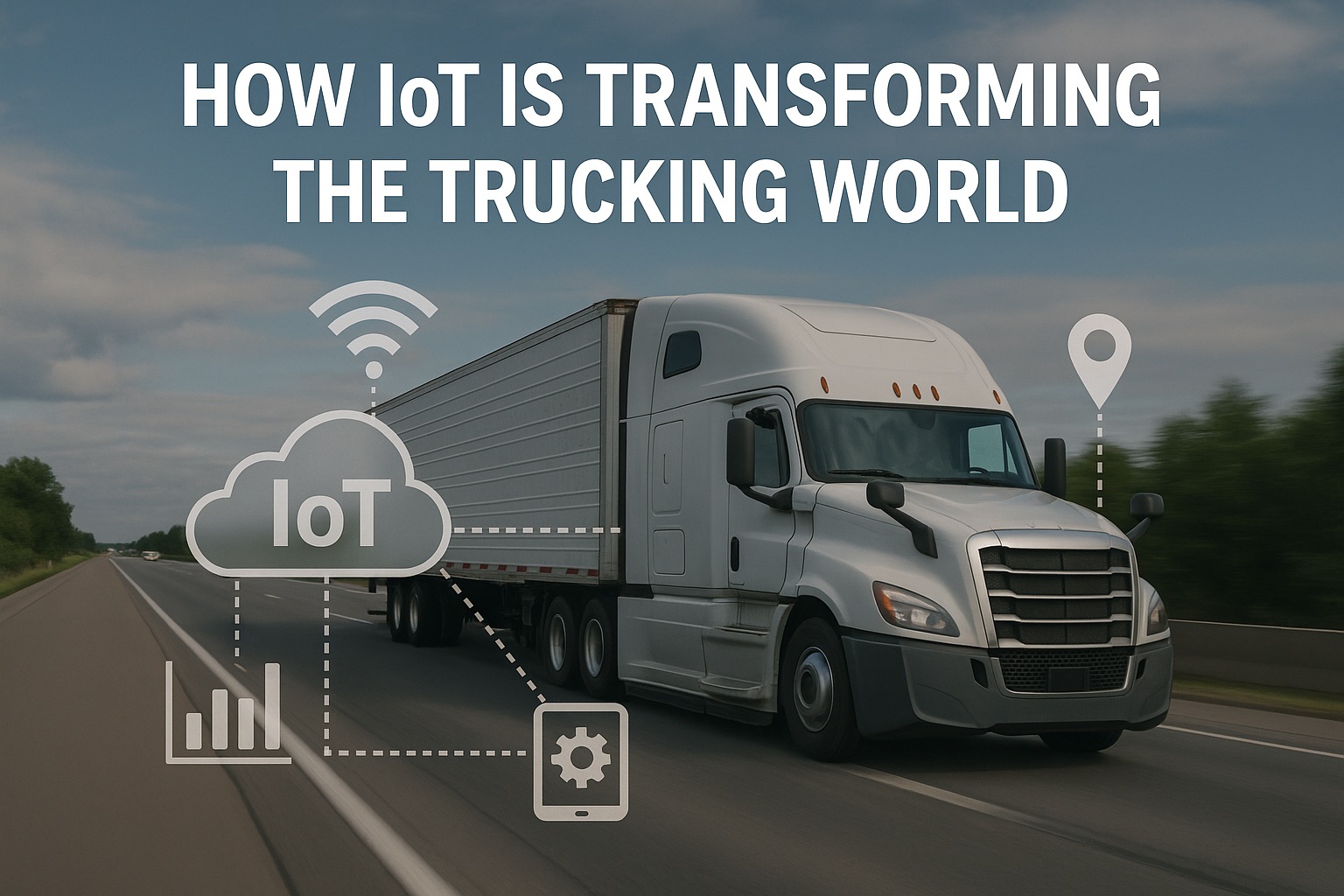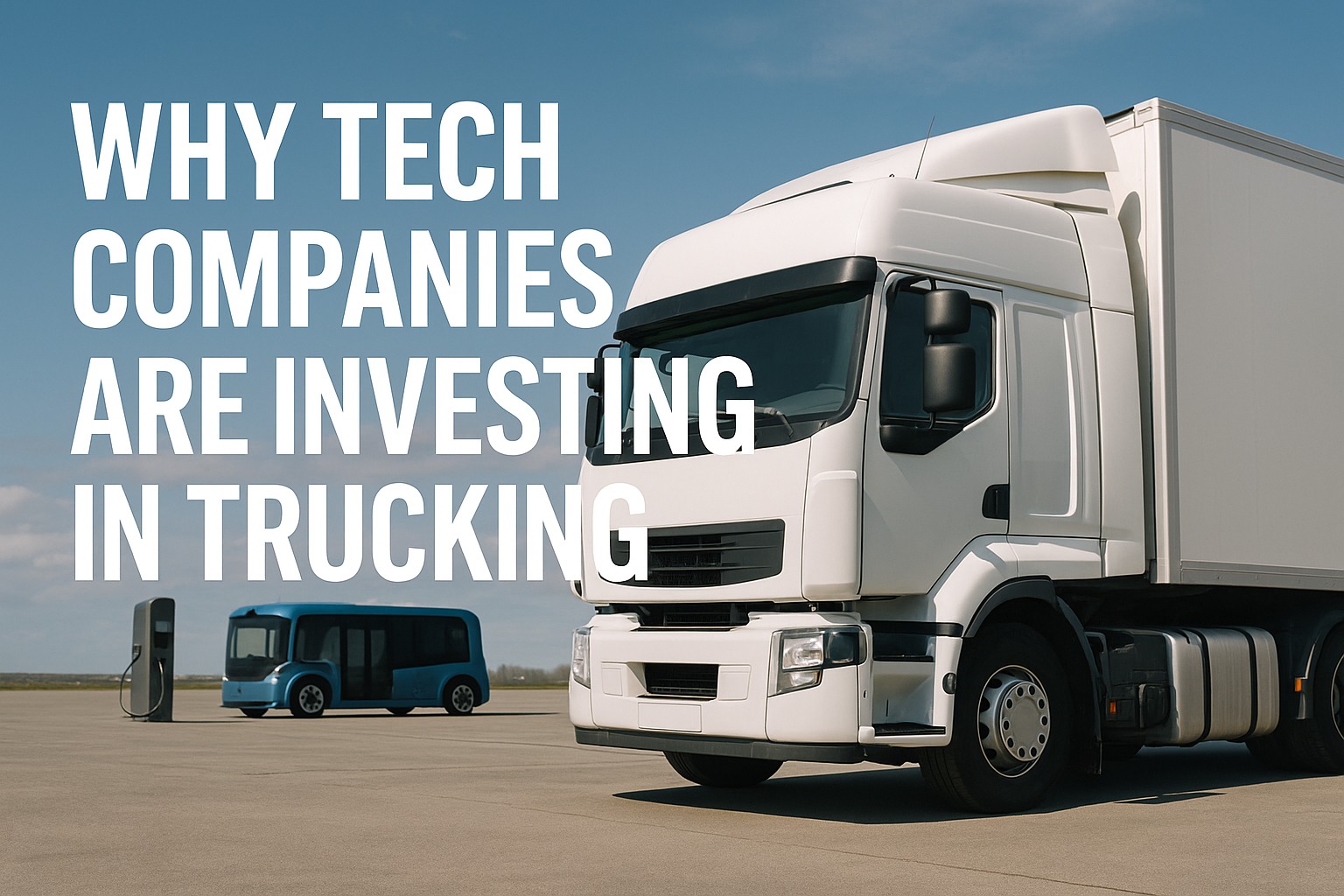The Business Case for Smart Sensor Technology
Smart sensors transform trucks into intelligent and self-monitoring systems that predict problems before they become disasters. The ROI is immediate and substantial:
40%
Accident reduction
$30K
Annual savings per truck
75%
Fewer breakdowns
25%
Lower insurance costs
Essential Smart Sensor Types for Fleet Safety
1. Collision Avoidance Systems
Highest ImpactTechnology: Radar, camera, and ultrasonic sensors detect obstacles and alert drivers
Investment: $1,500-$3,000 per vehicle
Key Features: Forward collision warning, automatic emergency braking, blind spot detection
2. Driver Fatigue Monitoring
Life SaverTechnology: Infrared cameras track eye movement and head position
Investment: $500-$1,000 per vehicle
Key Features: Real-time drowsiness detection, audio alerts, manager notifications
3. Tire Pressure Monitoring Systems (TPMS)
Cost SaverTechnology: Wireless sensors monitor pressure and temperature in real-time
Investment: $300-$500 per vehicle
Key Features: Automatic alerts, fuel efficiency optimization, blowout prevention
4. Engine and Transmission Sensors
Predictive PowerTechnology: IoT sensors monitor temperature, vibration, and fluid levels
Investment: $400-$800 per vehicle
Key Features: Predictive maintenance alerts, performance optimization, failure prevention
5. Cargo and Door Sensors
Security PlusTechnology: Motion detectors, door sensors, temperature monitors
Investment: $200-$400 per vehicle
Key Features: Theft prevention, load security, cold chain monitoring
Transform Your Fleet Safety Today
Implement smart sensor technology and join fleets achieving 40% accident reduction. See measurable results in 30 days.
ROI Analysis: Smart Sensor Investment Returns
| Safety Metric | Before Sensors | After Implementation | Annual Savings (50 trucks) |
|---|---|---|---|
| Accident Frequency | 12 per year | 7 per year (40% reduction) | $750,000 |
| Maintenance Breakdowns | 20 per month | 5 per month (75% reduction) | $180,000 |
| Insurance Premiums | $8,000/truck/year | $6,000/truck/year (25% reduction) | $100,000 |
| Fuel Efficiency | 6.5 MPG average | 7.0 MPG (8% improvement) | $150,000 |
| CSA Scores | 65 (Unsafe Driving) | 35 (46% improvement) | $50,000 |
| Driver Turnover | 85% annual | 45% annual (47% reduction) | $120,000 |
| Total Annual Savings | $1,350,000 | ||
Implementation Best Practices: Phased Rollout Strategy
Phase 1: Foundation (Days 1-30)
Focus: Critical Safety Systems
- Install collision avoidance on high-risk routes
- Deploy TPMS on all vehicles
- Set up real-time monitoring dashboard
- Train safety managers on alerts
Phase 2: Expansion (Days 31-60)
Focus: Driver Monitoring
- Add fatigue detection systems
- Implement driver scorecards
- Launch safety incentive program
- Begin weekly coaching sessions
Phase 3: Optimization (Days 61-90)
Focus: Predictive Analytics
- Integrate engine/transmission sensors
- Connect to maintenance systems
- Implement predictive algorithms
- Automate service scheduling
Phase 4: Mastery (Ongoing)
Focus: Continuous Improvement
- Monthly ROI analysis
- Quarterly system upgrades
- Annual technology review
- Benchmark against industry
Common Implementation Mistakes and Solutions
❌ Information Overload
Problem: Too many alerts overwhelming managers
Solution: Start with critical alerts only, add more gradually. Use AI to filter noise.
❌ Driver Resistance
Problem: Drivers feel "Big Brother" is watching
Solution: Emphasize safety benefits, share success stories, tie to incentives not punishment
❌ Poor Integration
Problem: Sensors don't talk to existing systems
Solution: Choose open-API platforms, plan integration from day one
❌ Inadequate Training
Problem: Staff can't interpret sensor data
Solution: Invest 20% of budget in comprehensive training programs
❌ No Action Plan
Problem: Alerts ignored, no follow-through
Solution: Create SOPs for every alert type, assign clear responsibilities
❌ Cheap Sensors
Problem: False alerts, frequent failures
Solution: Invest in quality. Saving $100 per sensor costs $1,000s in false alarms
Future-Proofing Your Sensor Strategy
Emerging Technologies
- AI-powered predictive analytics
- 5G connectivity for real-time data
- Autonomous emergency response
- Biometric driver authentication
Prepare for: 99% accident prevention
Integration Priorities
- ELD and telematics fusion
- Maintenance system connectivity
- Insurance telematics programs
- Customer visibility portals
Result: Unified safety ecosystem
ROI Optimization
- Dynamic insurance pricing
- Predictive parts ordering
- Automated compliance reporting
- Performance-based routing
Target: 25x ROI by 2027
Compliance Benefits
- Automated FMCSA reporting
- Real-time CSA score tracking
- Electronic inspection readiness
- Litigation protection data
Value: $100K+ annually
Start Your Smart Sensor Journey Today
Join industry leaders using sensor technology to achieve 40% fewer accidents and $400K annual savings. Implementation support included.
Frequently Asked Questions
Modern collision avoidance systems achieve 85-95% accuracy in detecting potential hazards. When combined with driver alerts and automatic braking, they prevent 70% of rear-end collisions and 40% of all accidents. False positive rates are below 5% with quality systems. Real-world data shows fleets experience 40-60% total accident reduction within the first year of implementation.
Most fleets see positive ROI within 60-90 days through accident prevention alone. Insurance premium reductions (15-25%) appear at renewal, typically 6-12 months. Maintenance savings accumulate over 3-6 months. Full ROI including all benefits typically reaches 15-20x investment within 18 months. One prevented accident often pays for sensors on 10 trucks.
Initially, 30% of drivers express concerns about monitoring. However, after implementation, 85% report feeling safer and more supported. Driver turnover typically drops 40-50% as sensors reduce stress through collision prevention and exonerate drivers in false claims. Key is positioning sensors as safety tools, not surveillance, and tying data to rewards rather than punishment.
Yes, most modern sensor platforms offer APIs for seamless integration with popular fleet management systems like Samsara, Geotab, and Omnitracs. Integration typically takes 2-4 weeks and enables unified dashboards, automated workflows, and comprehensive reporting. Choose sensors with open architectures to ensure compatibility with current and future systems.
Start with collision avoidance systems ($1,500/truck) for maximum safety impact and TPMS ($300/truck) for immediate fuel and maintenance savings. These two investments typically save $20,000 per truck annually. Add driver monitoring ($500/truck) in phase two. Even 10-truck fleets see $150,000+ first-year savings from this basic sensor package, achieving full ROI in under 90 days.
